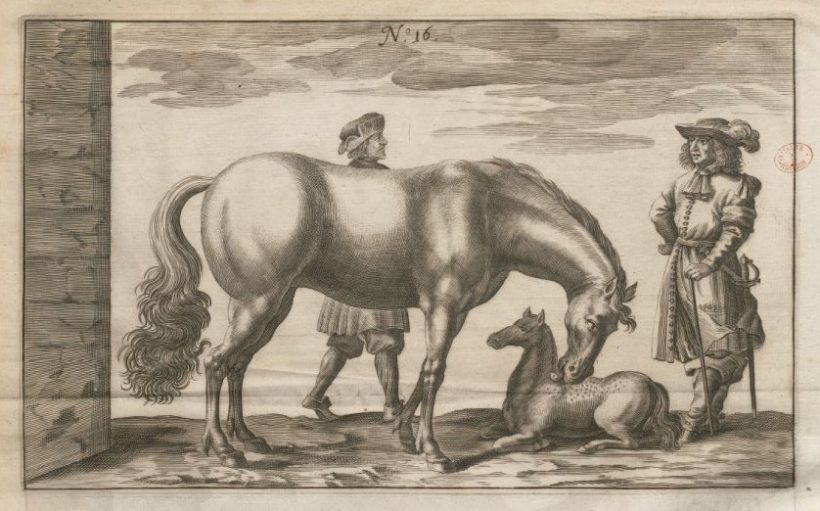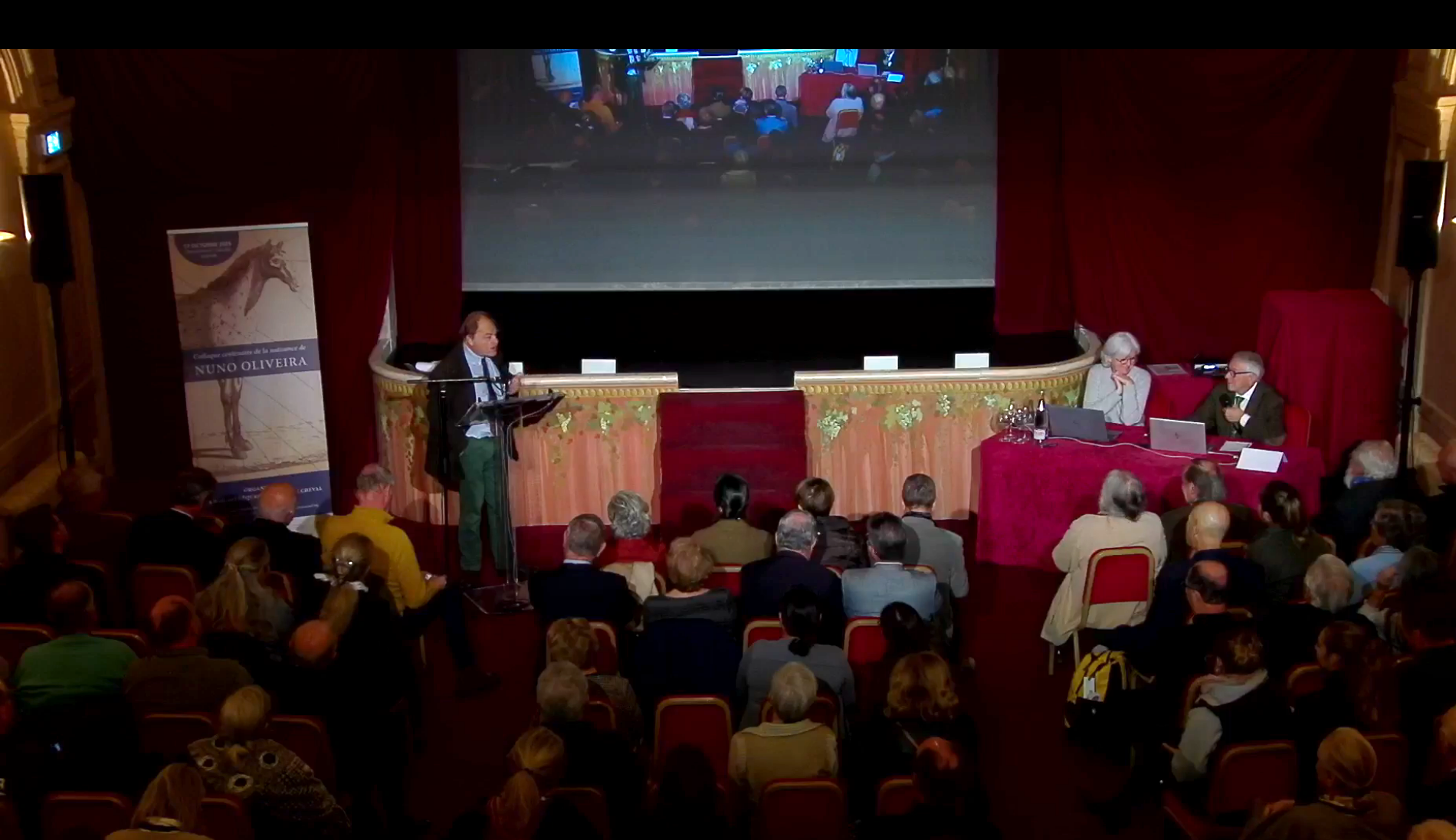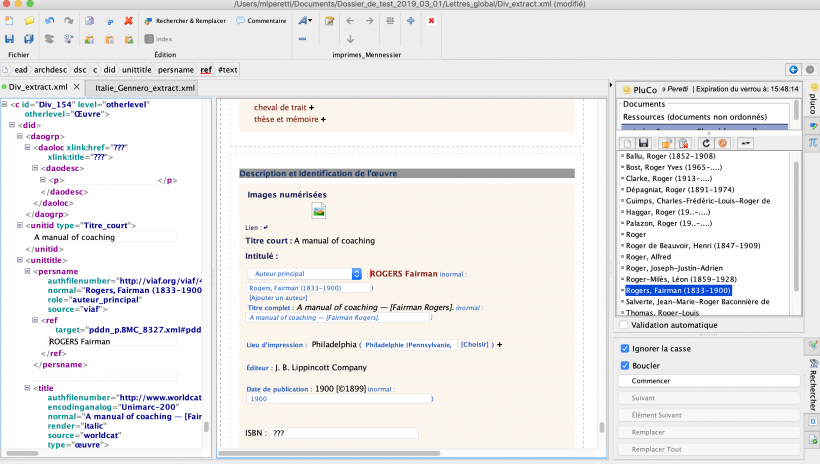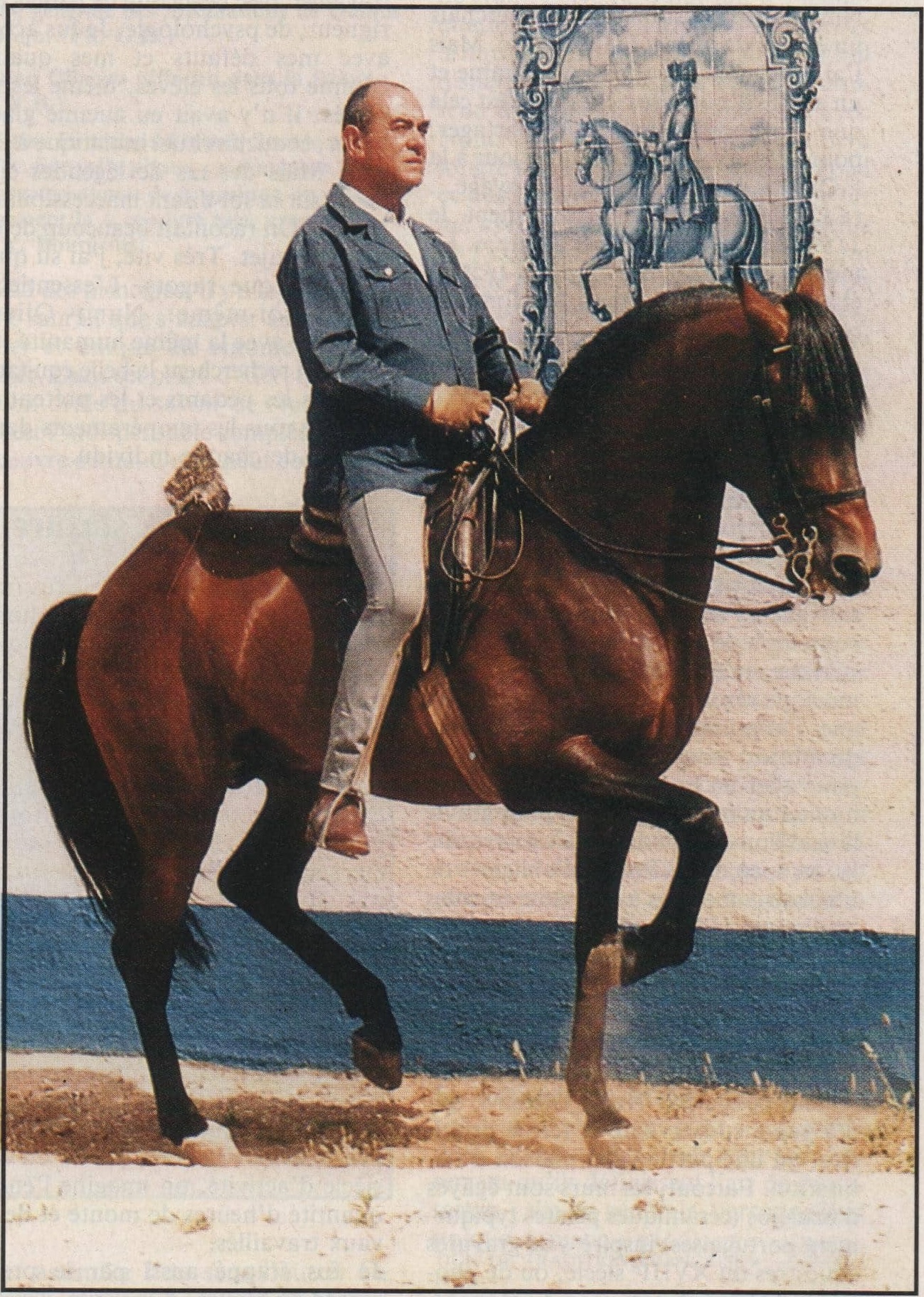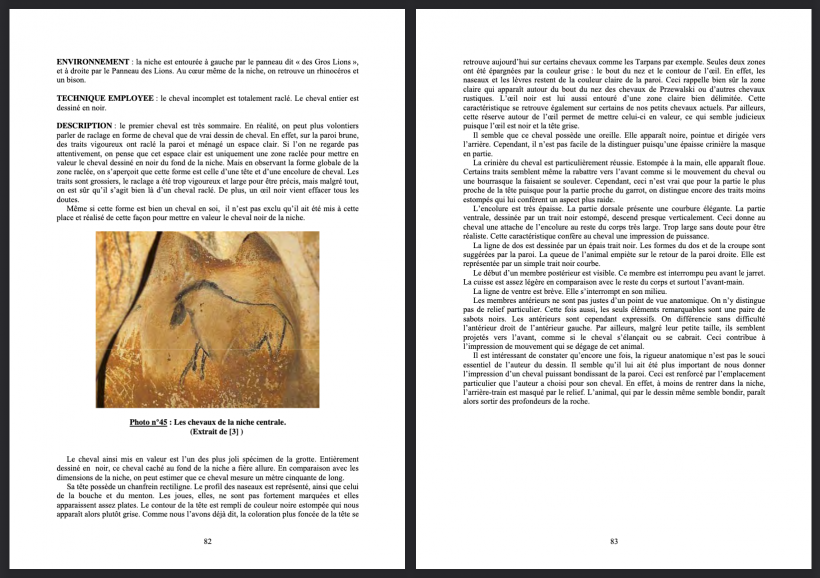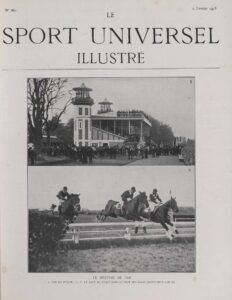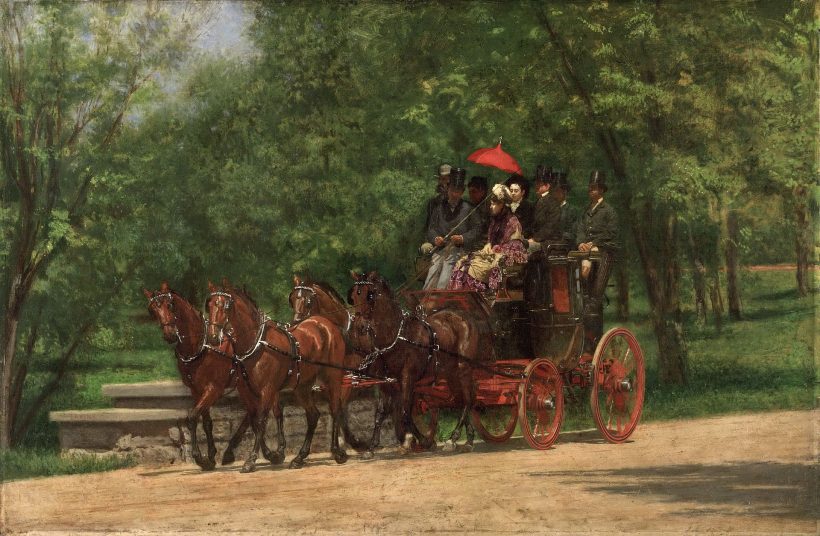
A Guided Tour of the Fairman Rogers Collection (University of Pennsylvania)
The wonderful story of the horse, through the passion it generates, the curiosity it incites, and the knowledge and modes of transmission it produces, brings together two universities, on both sides of the Atlantic.
You may wonder why La Bibliothèque Mondiale du Cheval (The World Horse Library), located at Caen, in Normandy, France, and the University of Pennsylvania Libraries, which holds a remarkable collection on the horse and equitation, will begin working together. Among the great discoveries made by La Bibliothèque Mondiale du Cheval since its recent establishment was the Fairman Rogers Collection on the Horse and Equitation.
What do we find in this superb collection? More than 1,000 works with, at the head of the list of 1066 works (to be precise), the oldest and rarest in the collection, that of Laurentius Rusius : his Hippiatria, sive, Marescalia Laurentii Rusii …, dated 1532, along with information added to this volume on diseases and their remedies, as mentioned in the continuation of the title in Latin, in qua praeter variorum morborum plurima, ac saluberrima remedia, plures quàm in priore editione co[m]modissime[i] frenorum formae excusae sunt, vt nullum tam nouo oris vitio laborantem equuum inuenias, cui non hinc occurrere facilime possis .
You might think, if you are a regular visitor to La Bibliothèque Mondiale du Cheval, that it is a bit “limited” compared with the two editions of Hippiatria, sive, Marescalia (1531/32), notably as it concerns the biography of the Italian veterinarian and Franciscan friar Laurentius Rusius (1288-1397), also called Lorenzo Rusio or Laurent Rusé.
La Bibliothèque Mondiale du Cheval, which is only two years old, displays nearly 10,000 works, nearly ten times more than the Fairman Rogers Collection. 70% are already in La Bibliothèque Mondiale du Cheval, so you may ask why the two “libraries” have come together.
Precisely because the nearly 30% of this American collection that is not duplicated enriches “this aggregator” that is La Bibliothèque Mondiale du Cheval, according to Lynne Farrington, Senior Curator in the Kislak Center for Special Collections, Rare Books and Manuscripts.
But that is not all. What makes the Fairman Rogers Collection on the Horse and Equitation so important? Very simply (actually not, as the process requires great care) it can be explained in one word: digitization. In regard to our example, The Fairman Rogers Collection offers us the complete facsimile, including text and boards, of its copy of Hippiatria, sive, Marescalia . Digitization is a delicate and expensive process, here made possible by a donation from the Laurie Landau Foundation. The Fairman Rogers Collection gives visitors the opportunity to open and view the pages of 80% of its books, whereas La Bibliothèque Mondiale du Cheval now provides this kind of access to only 20% of its books.
Let us explore Laurentius Rusius’s treatise on the horse, the first work listed and one of the highlights of the Penn Libraries, by looking through this copy, dated 1532. Of the 143 pages, 42 (pages 16-58) are devoted to the presentation of different bits in vogue at the time. It is a treasure trove of ingenuity, fantasy, know-how, but also perhaps barbarism.
Consider the first one (page 16), titled “For a large horse whose mouth is a little split and who has a strong mouth.” We would like to dispute the caption for the one on page 18: “For a horse who takes no pleasure.” One supposes that the mouthpiece on page 38, based on what we would now call a simple filet bit, although it is severe in appearance, it is nevertheless titled ”to give great pleasure to all the horses.” One asks about the one on page 44: “for a Turk”? Or the one on page 58: “for a devil”?
We hope you are convinced that the rapprochement of two universities, MRSH-CNRS – Université de Caen, with La Bibliothèque Mondiale du Cheval, and the University of Pennsylvania, with the Fairman Rogers Collection, is essential.
A brief study of this American collection of works on the horse reveals that nearly three-quarters date to the nineteenth century. During this period—the richest—most of the works came from specialized publishers based in London or Paris (sometimes Saumur). Then, little by little, from 1850, the American publishers, principally in New York and Philadelphia, with a few in Washington, Boston, or Chicago, entered the market.
Fairman Rogers, a great character/personality of his times in the service of his community
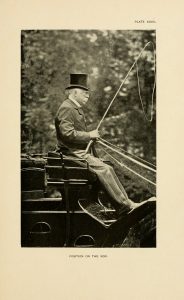
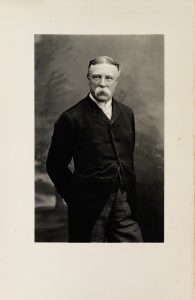
It was in 1900 that Fairman Rogers (1833-1900) published A Manual of Coaching in Philadelphia with J. B. Lippincott Company . It is said that the author, who lived the last ten years of his life in Europe, first in Paris and then Vienna, where he died, did not see his book come off the printing press. His manual refers to the field of four-horse “ménage” (grouping), still referred to as “four-in-hand” by English speakers. In the same spirit, Fairman Rogers founded and served as president of the Coaching Club of Pennsylvania. The horse and the hitch in particular were one of his passions during a professional career that was especially rich, even as his private life was notably discreet. According to his biographer, Edgar Fahs Smith, in Biographical Memoir of Fairman Rogers, 1833-1900 (Washington, D.C.: Judd & Detweiler, 1907): “In January, 1856, occurred his marriage to Miss Rebecca Gilpin, and ‘forty-four full years of mutual devotion hallowed a union whereof the world affords only too few examples.’” He had no children.
A horseman from an early age, seemingly quite gifted, Rogers was more interested in the most technical aspects of driving. Of the twenty-eight chapters of the book, which is almost 600 pages long, one (chapter 9) is titled “Weight of a Coach. – Distribution of Weight, Centre of Gravity, Effect of Centrifugal Force,” while the next one (chapter 10) is devoted to the traction (“draught”), dealing with friction and resistance, thereby attesting to his scientific spirit, but not only that. A civil engineer by training, Fairman Rogers had a busy professional life which led him into a variety of other fields, educational, scientific (he supported the development of the veterinary school at the University of Pennsylvania), philanthropic, and artistic. A professional, social, civic, and ultimately “political” career was made possible by the fact that Fairman Rogers came from a very wealthy background, on both sides his family. Evans Rogers was a successful industrialist, an iron merchant at a time when you could build a fortune in this industry (from railroads, etc. …). His mother, Caroline Augusta Fairman, was the daughter of Gideon Fairman, an inventor who had developed a new technology for engraving banknotes.
A famous painting brought together the social profile, the four aspects of Rogers’s personality, as he diligently worked the “four-in-hand.” Signed by Thomas Eakins, it depicts four horses in motion, pulling a beautiful coach that he drives, carrying his wife and friends into the woods, in the same vein as the photographs of Jean Delton who, in the Bois de Boulogne in Paris, had already made a portrait of the carriages carrying the rich, celebrated, and elegant. See Chevaux et équipages à Paris (Paris, 1876).
The Fairman Rogers Four-in-Hand (1879-1880) , a picture originally titled May Morning in the Park , is said to be based on Eadweard Muybridge’s photographs of horses in motion. This work of Thomas Eakins, one of three great American painters of the nineteenth century, best known for his portraits, demonstrates, as an equestrian, Rogers’s masterful technique of driving a carriage pulled by four horses while holding the reins in one hand. It shows Rogers, his wife Rebecca Gilpin Rogers, and friends traveling at a slow trot through Philadelphia’s Fairmount Park.
As Chairman of the Pennsylvania Academy of the Fine Arts (PAFA) Committee on Education, Rogers promoted Thomas Eakins to professor at the Academy’s School of Art in 1882. Equally passionate about photography and the development of its techniques, at the same time (1883) he invited Eadweard Muybridge to give lectures at PAFA. The photographer, who came from California, continued his research at the University of Pennsylvania Veterinary School.
A copy of A Manual of Coaching, one of 1500 printed of the first edition, part of the University of Pennsylvania Libraries, does not come from the personal collection of Fairman Rogers, as the author would not have held a copy of his book in his hands before he died, but from Leonard Pearson, who was the third dean of the Veterinary School of the University of Pennsylvania. The bookplate is that of the university library, like most of the books referenced.
It can be distinguished from the bookplate that appears in the works that were owned by Fairman Rogers himself and which bear the bookplate “Gift of Fairman Rogers,” with the additional labels, “University of Pennsylvania” and “Annenberg Rare Book and Manuscript Library,” as, for example, on this Spanish work by Francisco Laiglesia y Darrac (1771-1852), Elementos de equitacion militar: para el uso de la caballeria española: escritos para los alumnos de la Real Escuela Militar de Equitacion de esta corte (Madrid, 1819), which has been digitized.
The large proportion of works published in the 19 th century reflects the importance of the horse in the development of America
Rogers was quite selective in his choices, giving pride of place to London and Paris publishers. We note, among others, The Philosophy of Turf (London, 1840). One is not surprised that it contains a theory of the mechanical powers of the horse, with formulas, rules, and practical guidelines for calculating the speed of horses, with reference to their age and weight, and with suggestions for experiments to set an average weight scale for racehorses of different ages. An engineer like Rogers would always be on the lookout for this type of publication. This does not preclude finding under his bookplate quite different genres—several works by Count Louis de Montigny (1814-1890), including Équitation des dames, ou, Guide de l’élève-écuyer (Saumur: Paul Furgaud, 1853) or the study by General Eugène Daumas (1803-1871) on Les chevaux du Sahara et les mœurs du désert (Paris: Hachette, 1862).
Should we ask whether he was interested in the hexagonal quarrel between d’ Aure and Baucher . Two famous 19 th -century squires whose conceptions of the dressage of horses gave rise to epistolary exchanges that delighted the newspapers of the time. We can evoke here, for example, the answer Count Antoine d’Aure made to François Baucher, author of La Méthode d’équitation , with the publication of his Réflexions sur une nouvelle méthode d’équitation (1842), starting with a quote from La Fontaine on “the mountain that gives birth to a mouse.” D’Aure had already published his Traité d’équitation in 1834, a major work that would see nine editions. The University of Pennsylvania collection has a first edition of this title. On this subject Rogers also had the work of Louis-Joseph Rul (1811-1882), Le Bauchérisme réduit a sa plus simple expression, ou, L’art de dresser les chevaux (Paris, 1857).
In fact, the hobbies of Fairman Rogers, just like the collection built around the core formed by his personal collection, through donations (and acquisitions) makes the library of the University of Pennsylvania a testament to the important role and vitality of the horse sector, which was essential to the economic and social development of America (as it was for the rest of the world) at the end of the nineteenth century.
In “ The Fairman Rogers Collection: An Introduction ,” Dr. Ann Norton Greene of the University of Pennsylvania wrote this eloquent passage, “Between 1840, the first federal census that counted horses, and the end of the century, the horse population grew six fold from four to twenty-four million—a rate of growth fifty percent greater than that of the human population. In 1840 there were about four horses for every human; by 1900 there were three horses for every human.”
Another contribution by Dr. Greene is a study titled Horses at Work: Harnessing Power in Industrial America , which was published by Harvard University Press in 2008. The publisher states: “New industrial machines and power sources eliminated work animals from nineteenth-century America, yet a bird’s-eye view of nineteenth-century society would show millions of horses supplying the energy necessary for industrial development. Horses were ubiquitous in cities and on farms, providing power for transportation, construction, manufacturing, and agriculture. On Civil War battlefields, thousands of horses labored and died for the Union and the Confederacy hauling wagons and mechanized weaponry.”
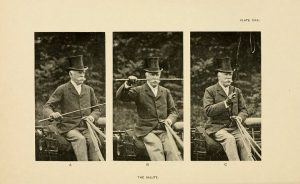
by Rogers Fairman, 1833-1900
“The innovations that brought machinery to the forefront of American society made horses the prime movers of these machines for most of the nineteenth century. Mechanization actually increased the need for horsepower by expanding the range of tasks requiring it. Indeed, the single most significant energy transition of the antebellum era may have been the dramatic expansion in the use of living, breathing horses as a power technology in the development of industrial America.”
“Ann Greene argues for recognition of horses’ critical contribution to the history of American energy and the rise of American industrial power, and a new understanding of the reasons for their replacement as prime movers. Rather than a result of “inevitable” technological change, it was Americans’ social and political choices about power consumption that sealed this animal’s fate. The rise and fall of the workhorse was defined by the kinds of choices that Americans made and would continue to make—choices that emphasized individual mobility and autonomy, and assumed, above all, abundant energy resources.”
A socio-economic work, sometimes political, nourished again, in part, by the collection of 1066 titles in the Fairman Rogers Collection on Horsemanship.
More information:
- La collection de la Bibliothèque de l’université de Pennsylvanie
- La Collection Fairman Rogers
- Une présentation de Fairman Rogers
